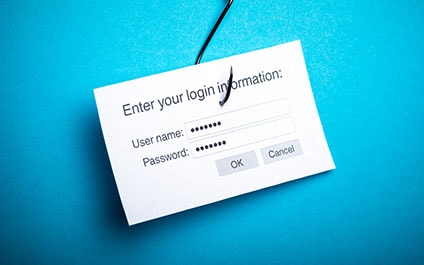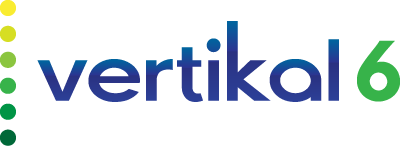
Everyone is used to the routine … change your password, make sure it’s not easily guessable, don’t re-use the same one. The challenge is that passwords are frequently a weak point in an organization’s security program, and once they are guessed, hackers have access to a wealth of information.
A cost-effective way to augment password protection is by implementing multifactor authentication. With multifactor authentication, your password is used in conjunction with a one-time passcode, offering greater assurance that the right person is accessing the electronic resources.
Many people have used multifactor authentication with their banks. You log into your bank’s website, and before getting access to your accounts, you receive a PIN via text that must be entered into the site. This is an example of multifactor authentication.
So, where should you consider using multifactor authentication right away?
- VPN: For users who work outside the office and use VPN to connect, multifactor authentication is a significant security addition. VPN is available from anywhere in the world, and once a malicious user knows your password, your network is easily compromised.
- Email and Cloud-based Applications: Email and cloud-based applications are readily accessible from almost anywhere and contain a wealth of valuable information. Adding multifactor authentication will prevent hackers from getting access to your mailbox and your data – even if they know your password.
As with any security mechanism, it’s important to consider the value of the information you’re protecting and the risk it presents if it falls into the wrong hands. Additionally, consider how easy or difficult the security measure is to use – and make an informed decision about if it’s right for you and your company.
Written By Meredith Carroll, Vertikal6 Senior Consultant

